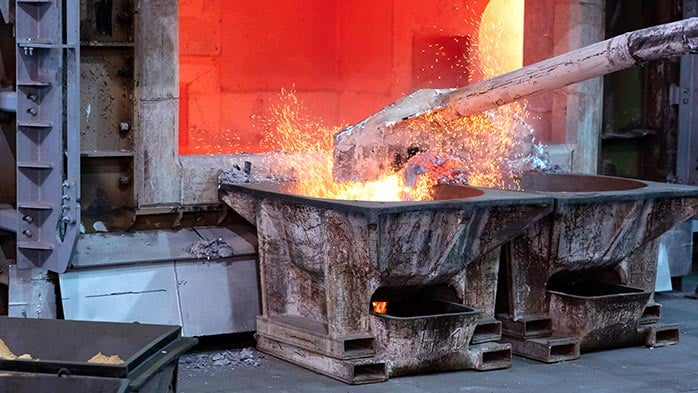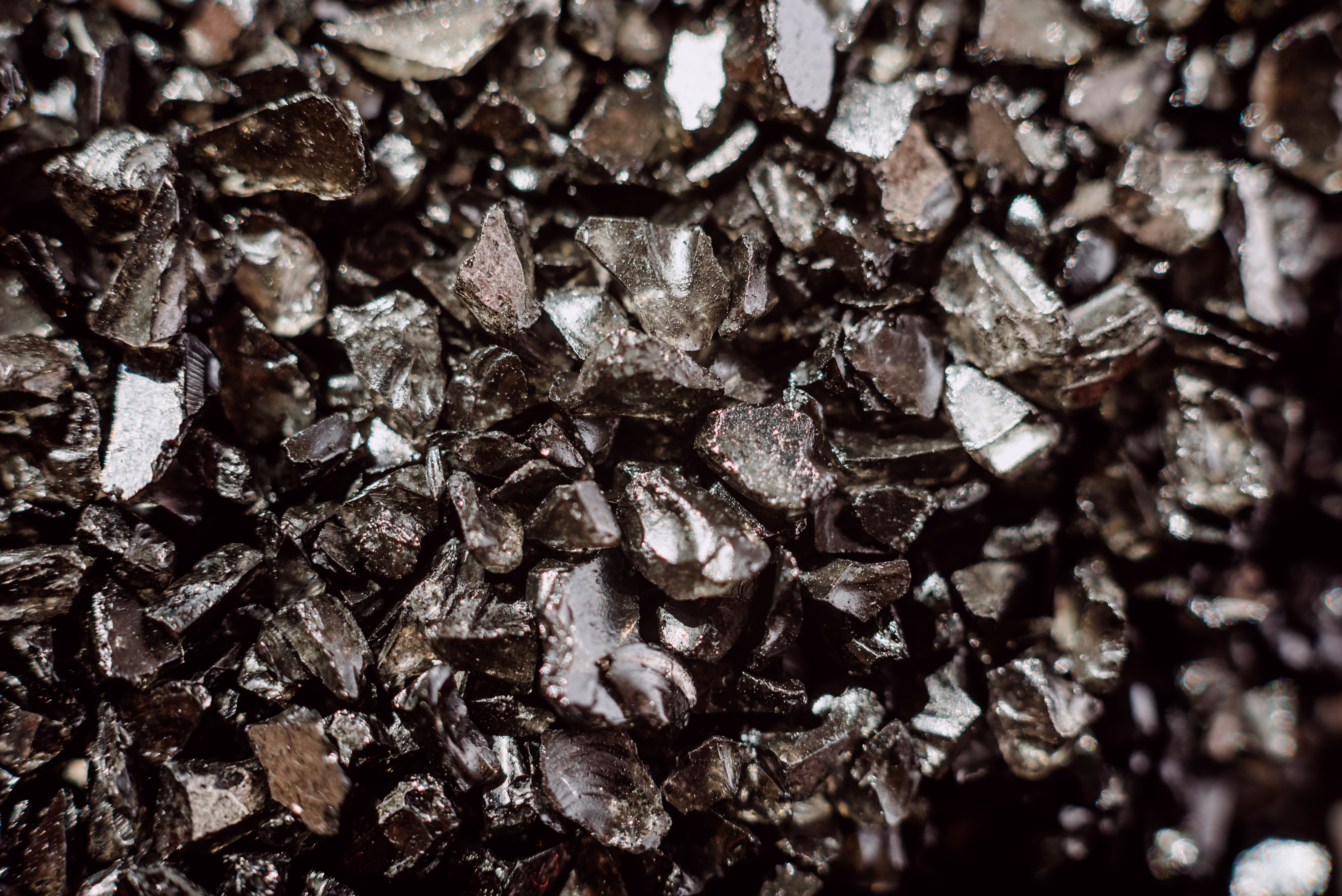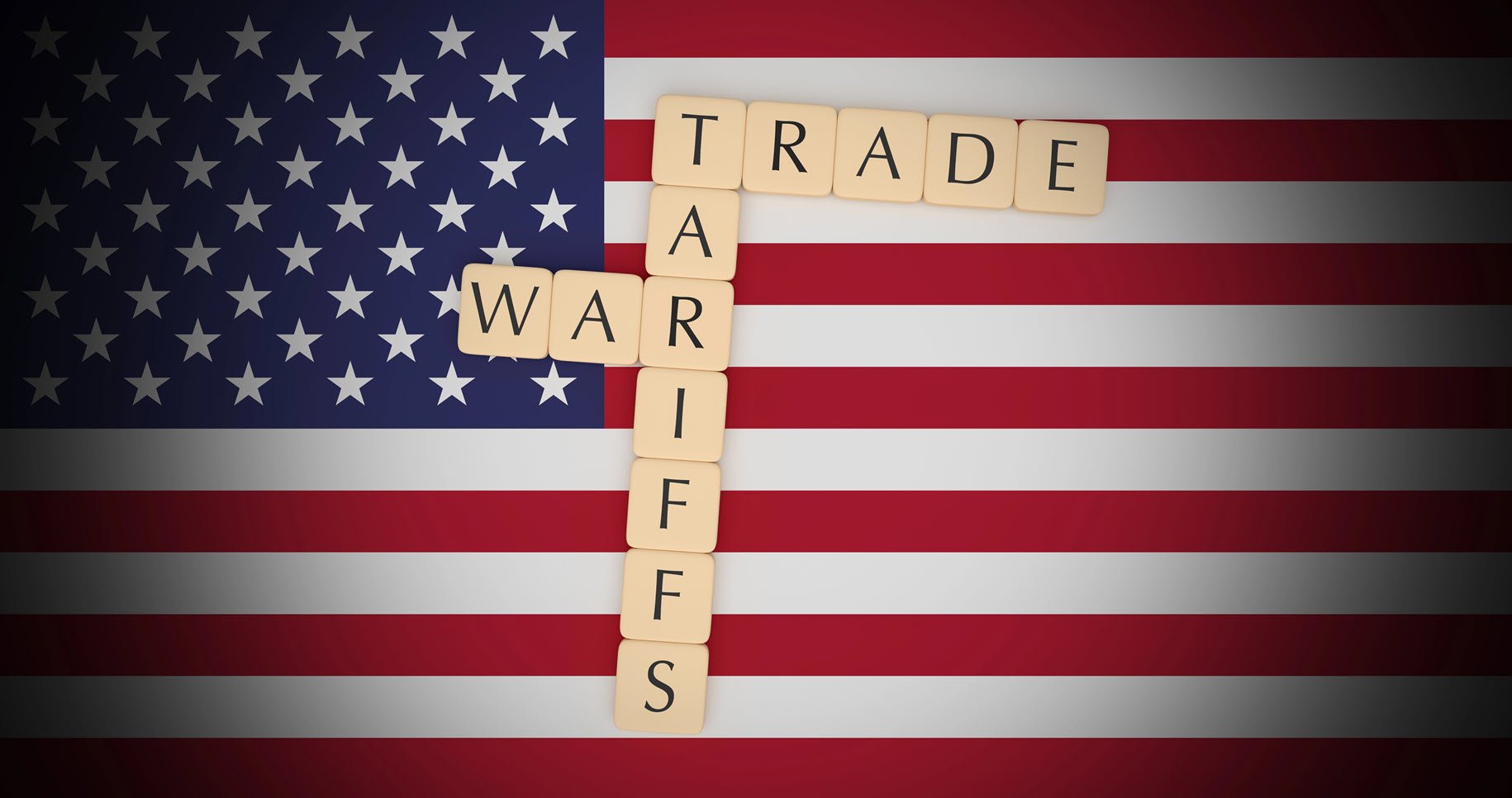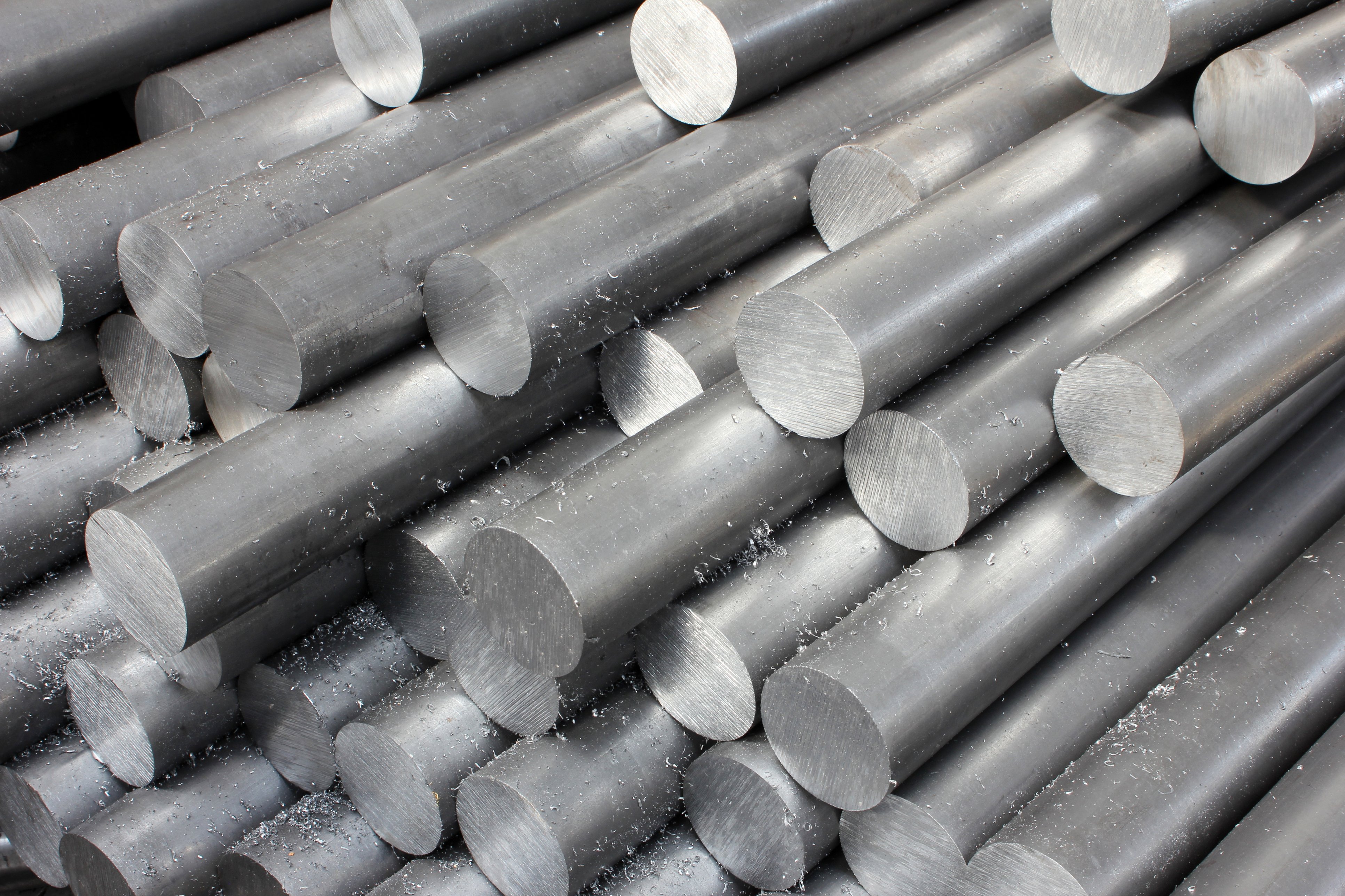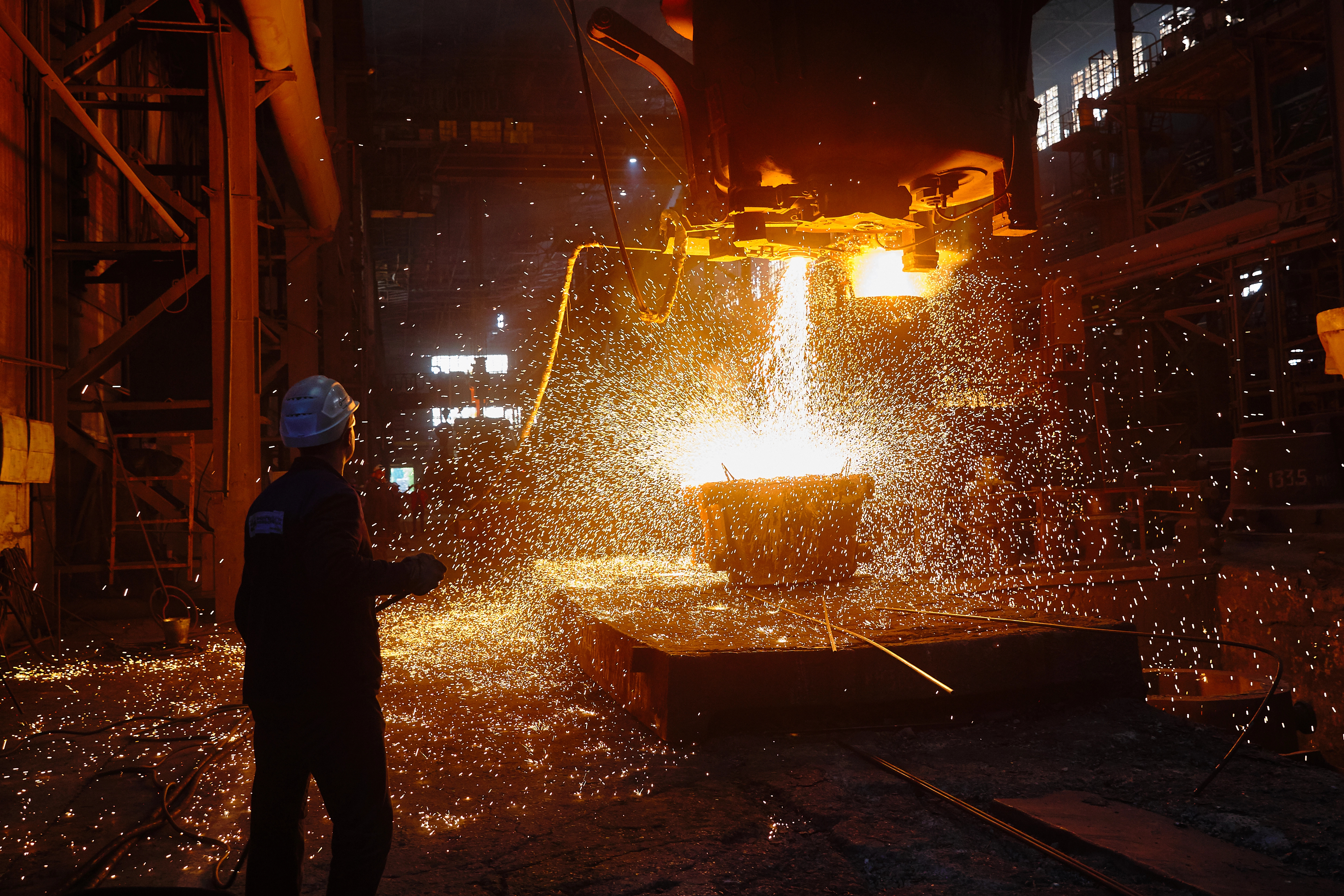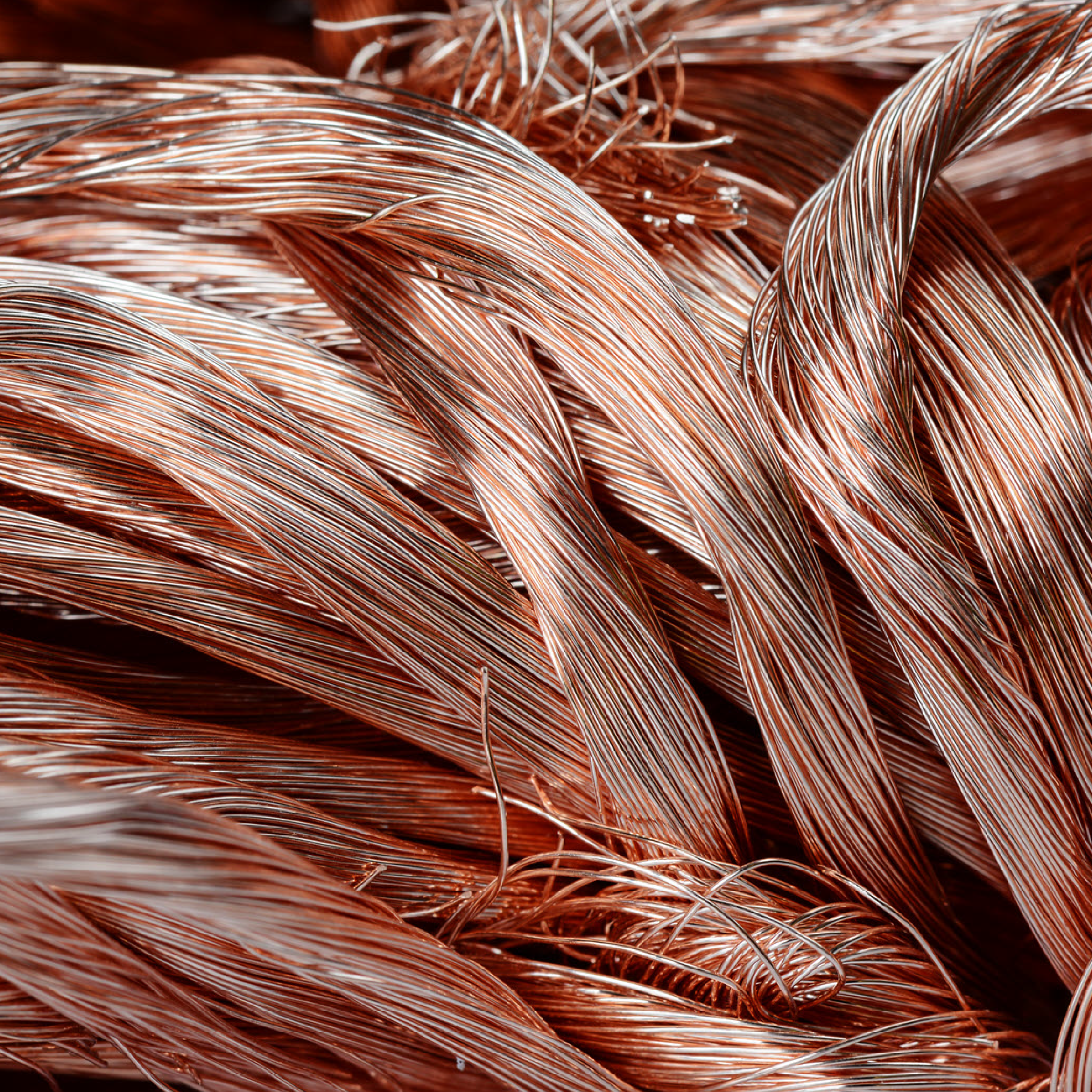China's export restrictions on gallium, germanium and antimony has fuelled prices of these metals. While investor interest is growing in these markets, caution prevails as geopolitical tensions could ease, triggering a price drop.
China introduced an export ban to the US for gallium, germanium and antimony. They come on top of a series of restrictions introduced by China on export of these metals starting in August 2023. Since then, their prices have shown an upward trend and is expected to continue in medium term. This has led to a growing interest in these metals but investors remain cautious as their prices are being driven by rise in geopolitical tensions. These tensions can eventually cool down in long-term leading to a steep fall in prices.
Growing geopolitical tensions continue to impact trade of many critical metals, and especially so for minor metals where small volume changes to trade flows can upset entire markets. In December 2024, China introduced additional restrictions on the export of gallium, germanium and antimony – prohibiting exports to the US.
Additionally, end use and user vetting for graphite-based dual use items exported to the US will tighten. These restrictions come on top of recent developments targeted at curbing exports of such critical materials from China. For instance, in August 2023, China introduced restrictions on export of gallium and germanium, requiring domestic producers to obtain approval from ministry of commerce if they want to begin or continue shipping these commodities out of the country. Similar trade restrictions were introduced for antimony which were effective from mid-September 2024.
Prices of gallium, germanium and antimony have surged amid continued tightening of their exports by China. As these trade restrictions continue to tighten, medium term outlook of these markets appear to be bullish. Despite this, investment in production of these metals remains risky – if China lifts trade restrictions, gallium, germanium and antimony prices will fall.
Gallium, germanium and antimony prices rally due to rising geopolitical tensions
Due to continuing tightening of exports of gallium, germanium and antimony, their prices have seen an upward trend. Gallium and germanium prices have risen by ~70% and ~190%, respectively, since August 2023, when restrictions on export of gallium were first introduced.
Current prices for antimony are at $39,000–%40,000 /t and are up almost 250% year-to-date. It is the highest performer in 2024 of all the commodities in our basket after already existent supply constraints were exacerbated when China announced export restrictions effective mid-September 2024.
As geopolitical tensions between the US and China continue to rise, prices of these metals are expected to stay firm or rise further. Despite the bullish forecast, their prices will fall the moment restrictions on export of these commodities lifts, as their production is dominated by China. As a result, even though there is a rising interest in these metals, investors remain cautious of investing in production of these metals.
You can gain further insight on antimony prices through our Noble Alloys and Minor Metals pricing service.
China’s supply dominance has heightened the impact of trade restrictions
China’s dominance is quite evident in the gallium market, where in 2023 more than 98% of the mined gallium came from China and by 2030 it is estimated to fall to only 95%. Gallium supply is concentrated in China primarily because of three reasons:
- There is already excess gallium production capacity in China disincentivising ex. China production. According to USGS, China has a gallium production capacity of 1,000 t Ga, compared to 600 t Ga demand. Internal CRU estimates are much higher than this.
- The cost of gallium in China is low compared to rest of the world due to use of Chinese resins in the production process. These resins play a key role in the gallium production process when extracting it from alumina and are only produced in China. Alternative production processes that do not involve use of these resins are much more expensive.
68% of germanium is currently produced in China. Similar to gallium – according to CRU’s internal estimates – there is excess production capacity of germanium, with capacity utilisation rate of existing plants ranging from 50%–60% in the past decade. Furthermore, much like gallium, germanium production in China is more cost-competitive than much of ex. China production.
China produces ~48% of global antimony, with the US dependent on Chinese material for around 60% of its antimony imports. Alternate sources include Tajikistan, Turkey, Myanmar and Bolivia. Russia, though a key antimony producer, is out of the equation due to sanctions placed upon them. It must be noted that even before China’s curbed exports of antimony in September 2024, there was a global tightness in antimony supply. This tightness was also due to political instability in key antimony producing regions, making China a key supplier of antimony.
China’s dominance in supply of gallium, germanium and antimony makes their long-term outlook uncertain. As geopolitical tensions continue to rise investors are increasingly considering investing in this market but remain sceptical. In our base case, we assume geopolitical tensions to calm down and prices to fall in long term.
Long-term outlook of these metals remains uncertain
As discussed earlier, there is excess production capacity of gallium and germanium in China. There is also tightness in the antimony market due to political instability in key producing regions.
Stocking has also been on the rise for these metals – part of the reason for the significant price rise this year. Consumers and traders have been buying more than needed throughout the supply chain. More and more market sectors are considering strategic stockpiling – previously, this was only done by niche sectors (medical and defence) but more and more mainstream sectors are starting to consider this, including automotive, machinery and equipment.
As current high pricing for these metals is being driven by geopolitical tensions, long-term outlook of these markets remains uncertain. We forecast two long term pricing scenarios for these commodities:
- Scenario one: This is our base case scenario for these metals, in which their prices will fall as geopolitical tensions cool.
- Scenario two: If the trade restriction continues long-term, prices for gallium, germanium and antimony would fall rapidly in China but rise in other regions.
Rising uncertainty in the long-term market outlook of these commodities provides us with multiple long-term price forecast for these metals, making such investments risky and long-term investors cautious. It is imperative to have stable supply chain of these metals, given they are used in strategic sectors such as defence, energy transition and electronics. Given the risks associated with investing in this sector, government support will be necessary to spur investments in production of these metals.
There is growing interest in critical minor metals as China continues to safeguard its supply by increasing trade restrictions. CRU can help its customers navigate these markets through its pricing services, special reports and consulting projects.





